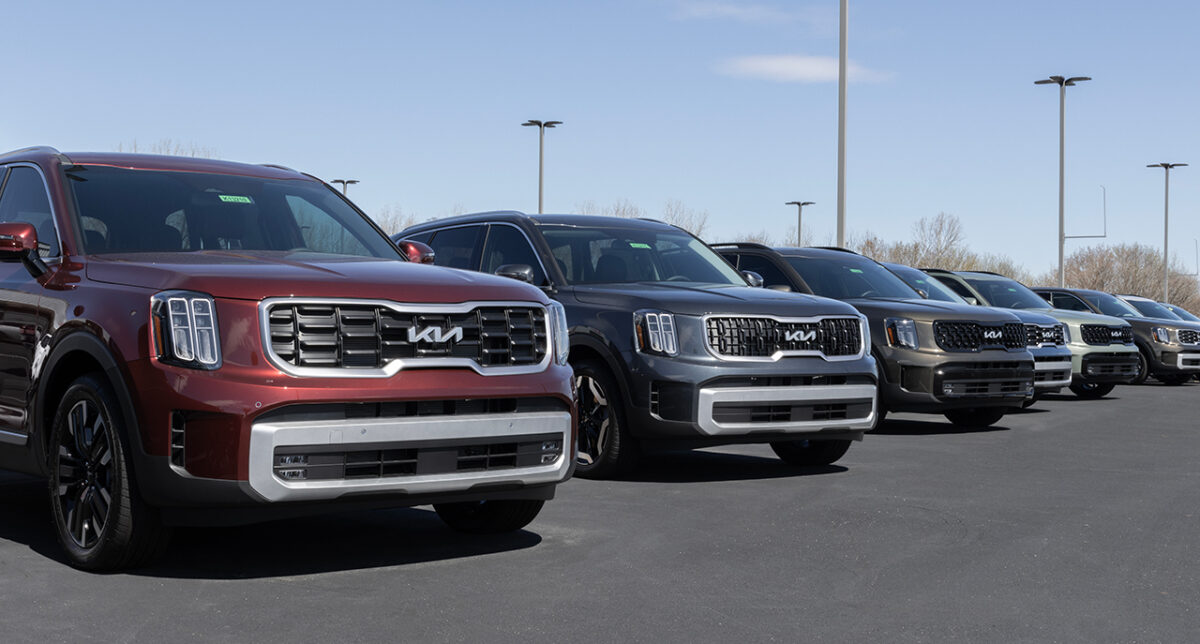Collision avoidance systems are eliminating more crashes as the technology improves, according to a new study of insurance claims data from various BMW models. However, the impact of partially automated driving remains murky.
In its latest study, the Highway Loss Data Institute compared insurance claims data from BMW vehicles for model years 2013-17. The analysis showed that the combination of improvements in front crash prevention and the addition of adaptive cruise control resulted in large reductions in the frequency of property damage liability and bodily injury liability claims. However, the further addition of lane centering as part of the company’s partially automated driving package had little impact.
“The crash claim frequency reductions for BMW’s Driving Assistance package are the largest we’ve seen from advanced driver assistance systems, which suggests crash avoidance may be delivering bigger benefits as the technology improves,” says Matt Moore, senior vice president of HLDI. “The lane centering that comes in the ‘plus’ package doesn’t seem to augment these benefits. That may be because the system is only intended for use on freeways, which are comparatively safer than other roads, and only works when the driver switches it on.”
For this study, HLDI analysts compared the claims data associated with four different BMW crash avoidance packages. The first one combined forward collision warning and lane departure warning. A second included those features as well as front automatic emergency braking (AEB). The Driving Assistance package added adaptive cruise control. Driving Assistance Plus includes all those features as well as lane centering and front cross-traffic alert, pushing it further along the continuum of automated driving into what is known as Level 2 automation. The highest level of automation available in production vehicles today, Level 2 still requires active supervision by the driver.
For each package, HLDI looked at the impact on the rate of collision, property damage liability and bodily injury liability claims per insured vehicle year. Collision claims relate to the cost of repairing the insured driver’s vehicle. Property damage liability claims are for repairs to the other vehicle involved in the crash when the insured driver is determined to be at fault. Bodily injury liability claims are for injuries to other people caused by the insured driver.
Three of the four crash avoidance packages were associated with reductions in claim rates under the three coverages.
The combination of forward collision warning, lane departure warning and AEB was associated with a 5 percent reduction in the frequency of collision claims, an 11 percent reduction in the frequency of property damage claims and a 16 percent reduction in the frequency of bodily injury claims.
Please click here to view the full press release.
SOURCE: IIHS


